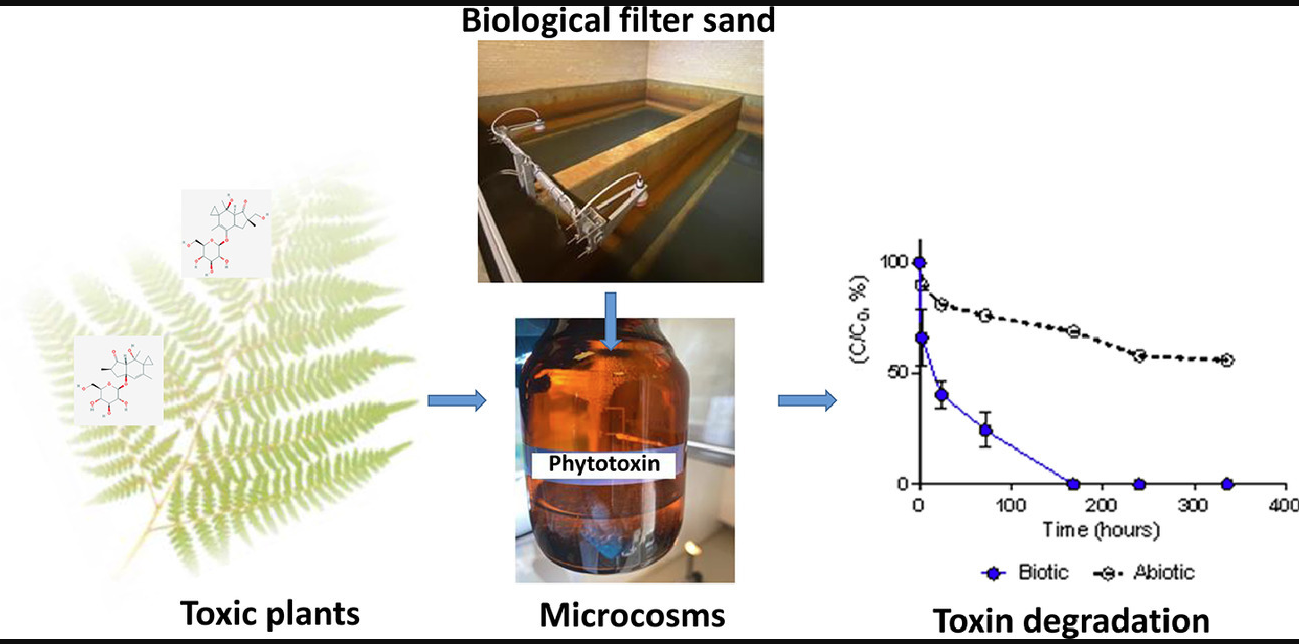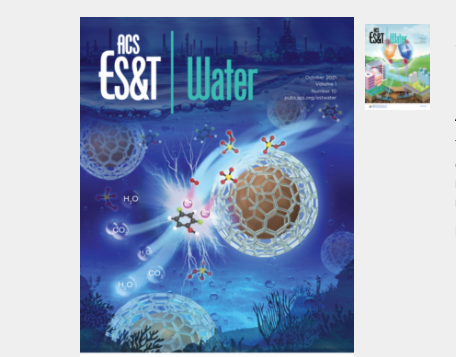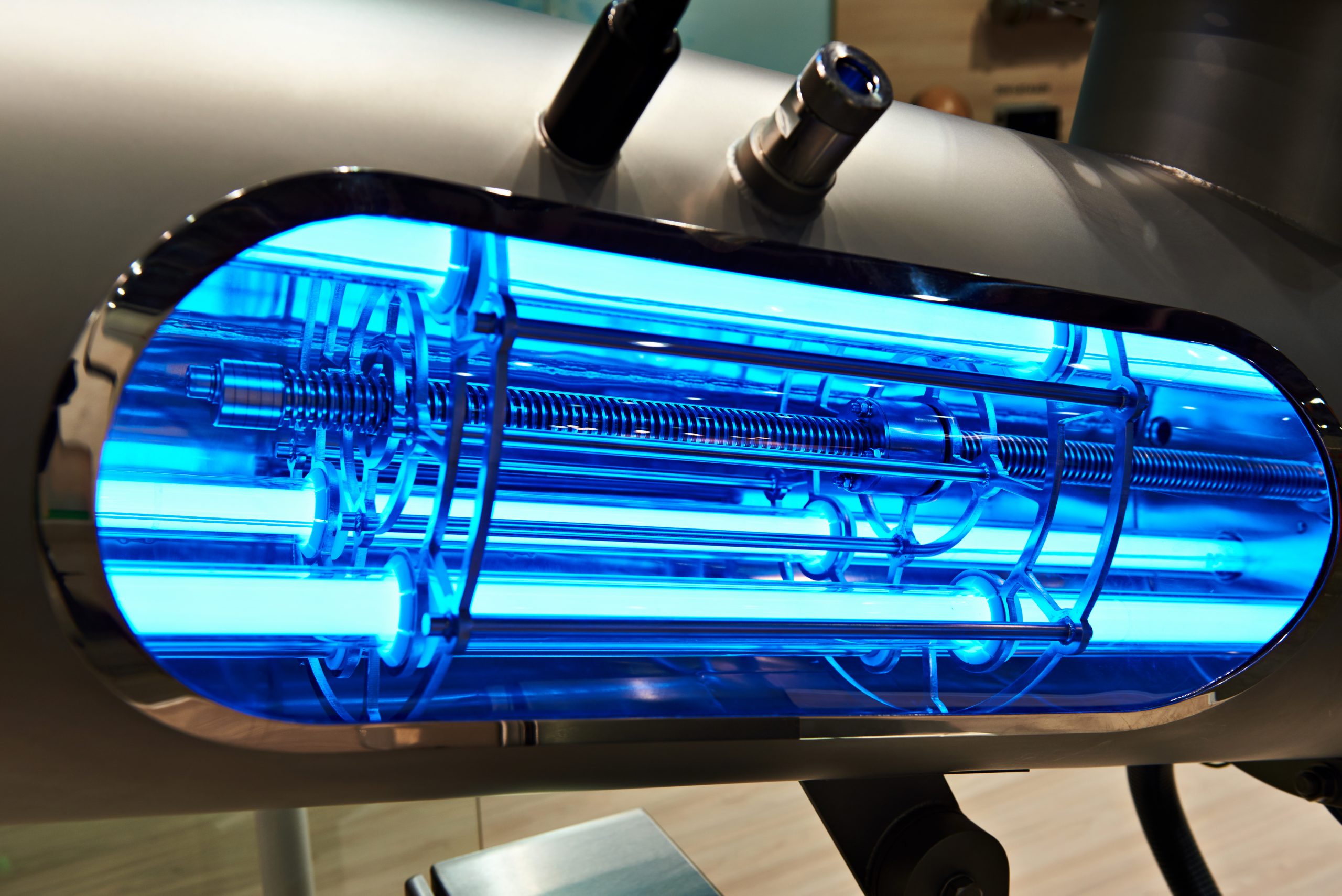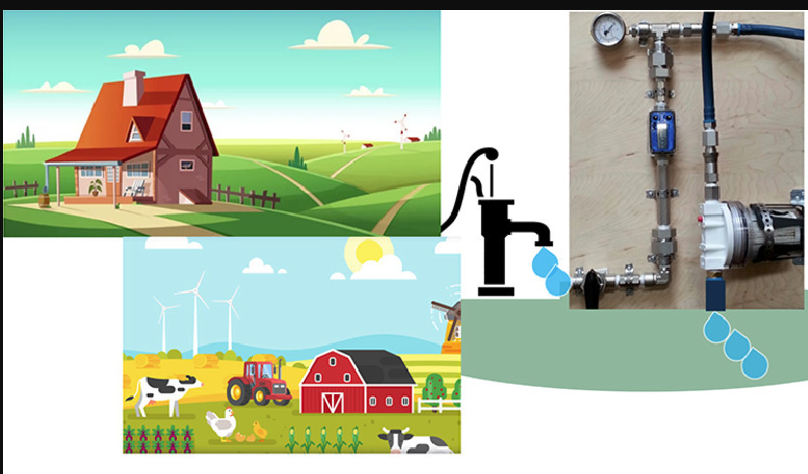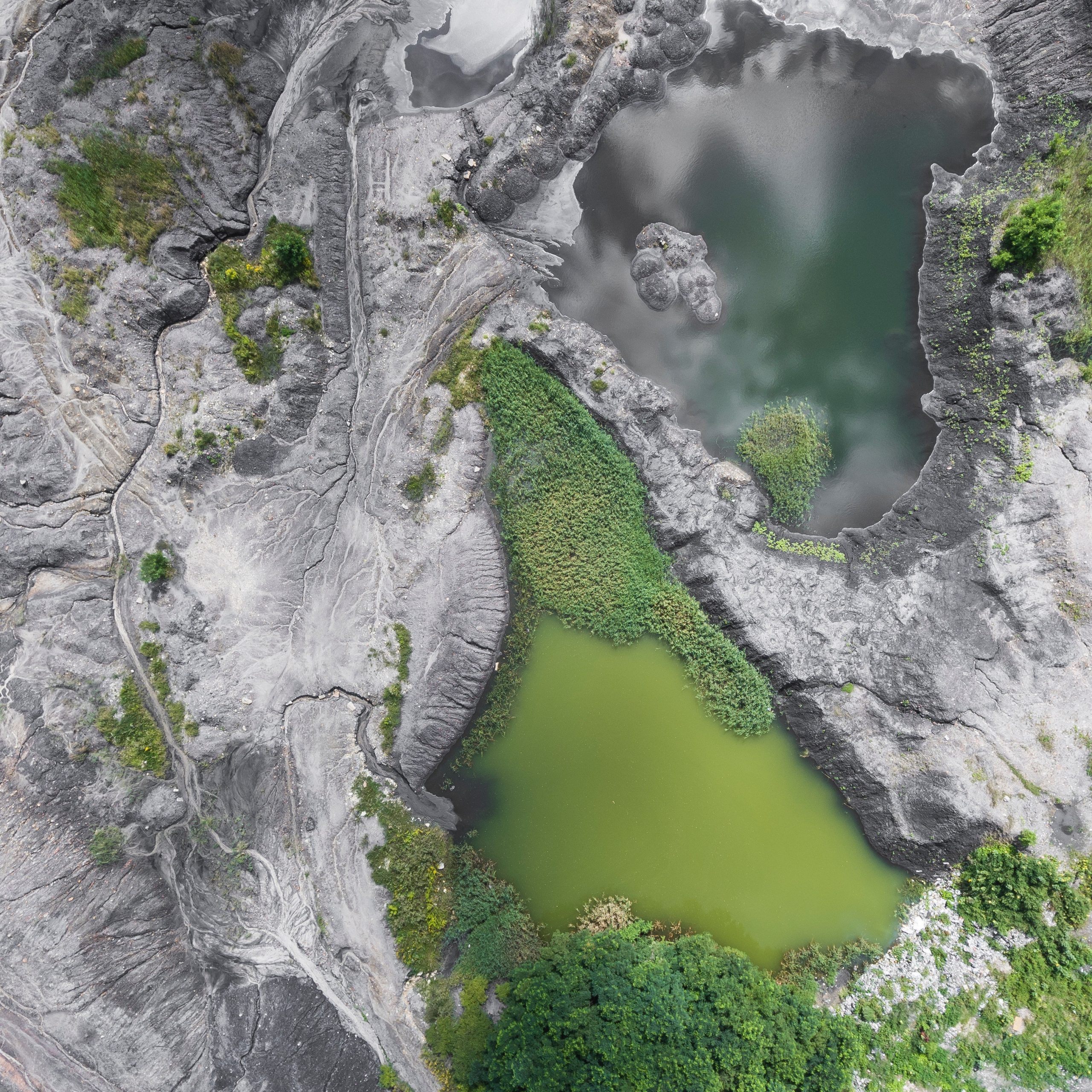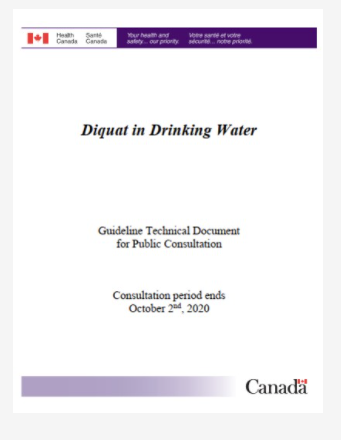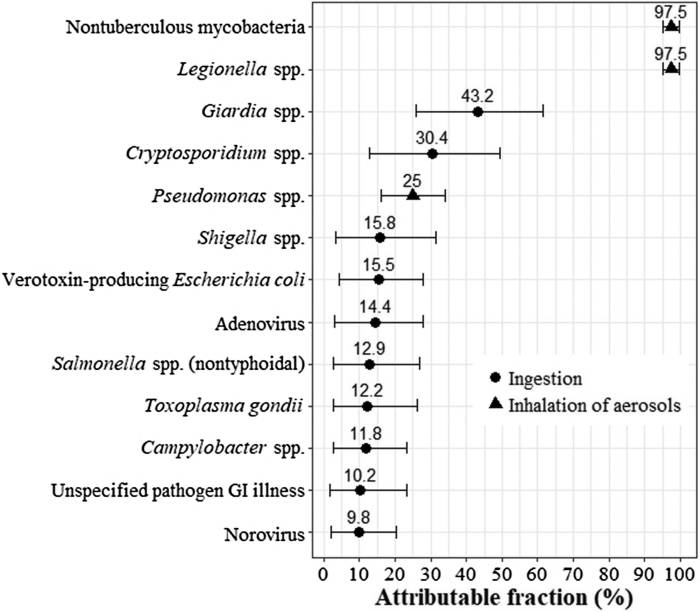Removal of phytotoxins in filter sand used for drinking water treatment
researchers from Denmark are studying phytotoxins – those produced by plants – from the potential of them being contaminants with the potential to impair drinking water quality. Of several different phytotoxins spiked into groundwater and ultimately treated by 5 different filter types, two of them, jacobine N-oxide and senecionine N-oxide, were found to be non-biodegradable. They were also able to identify some degradation products.

